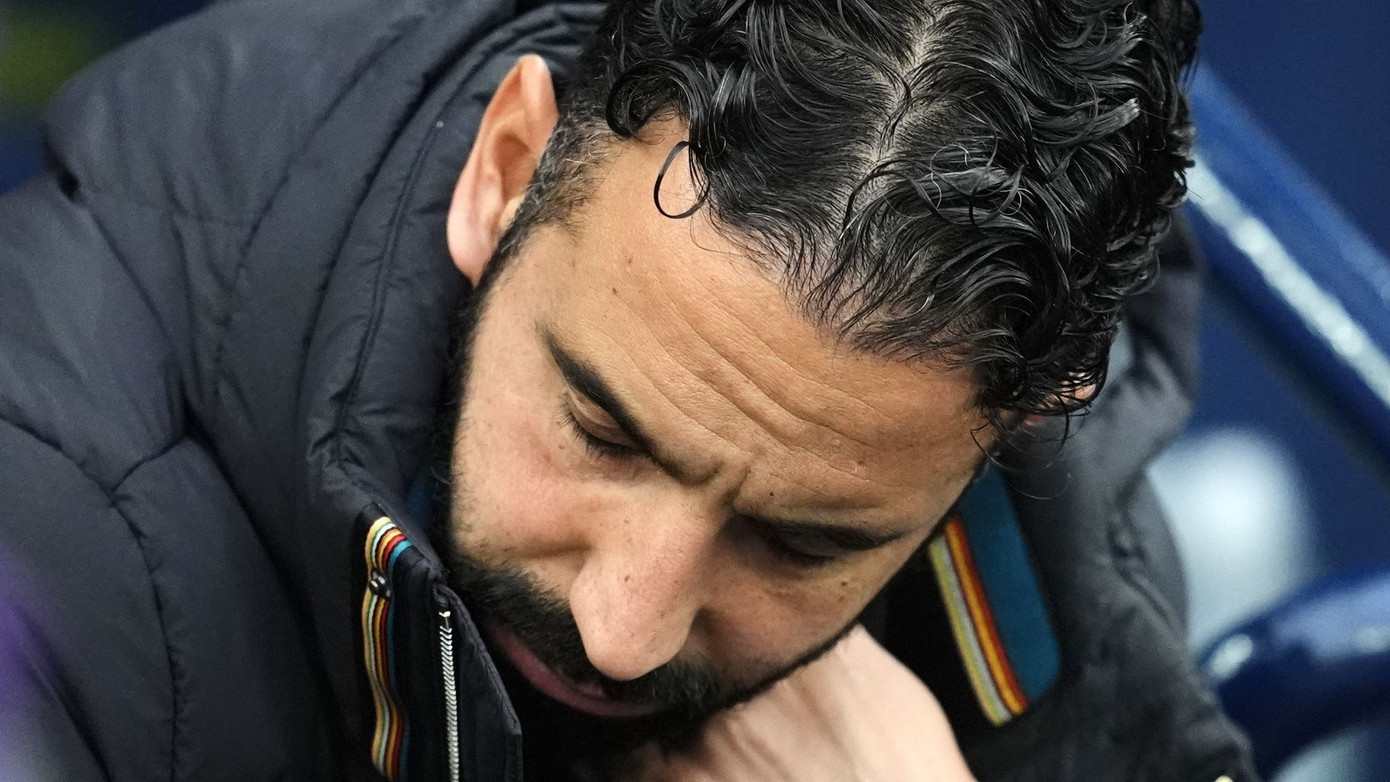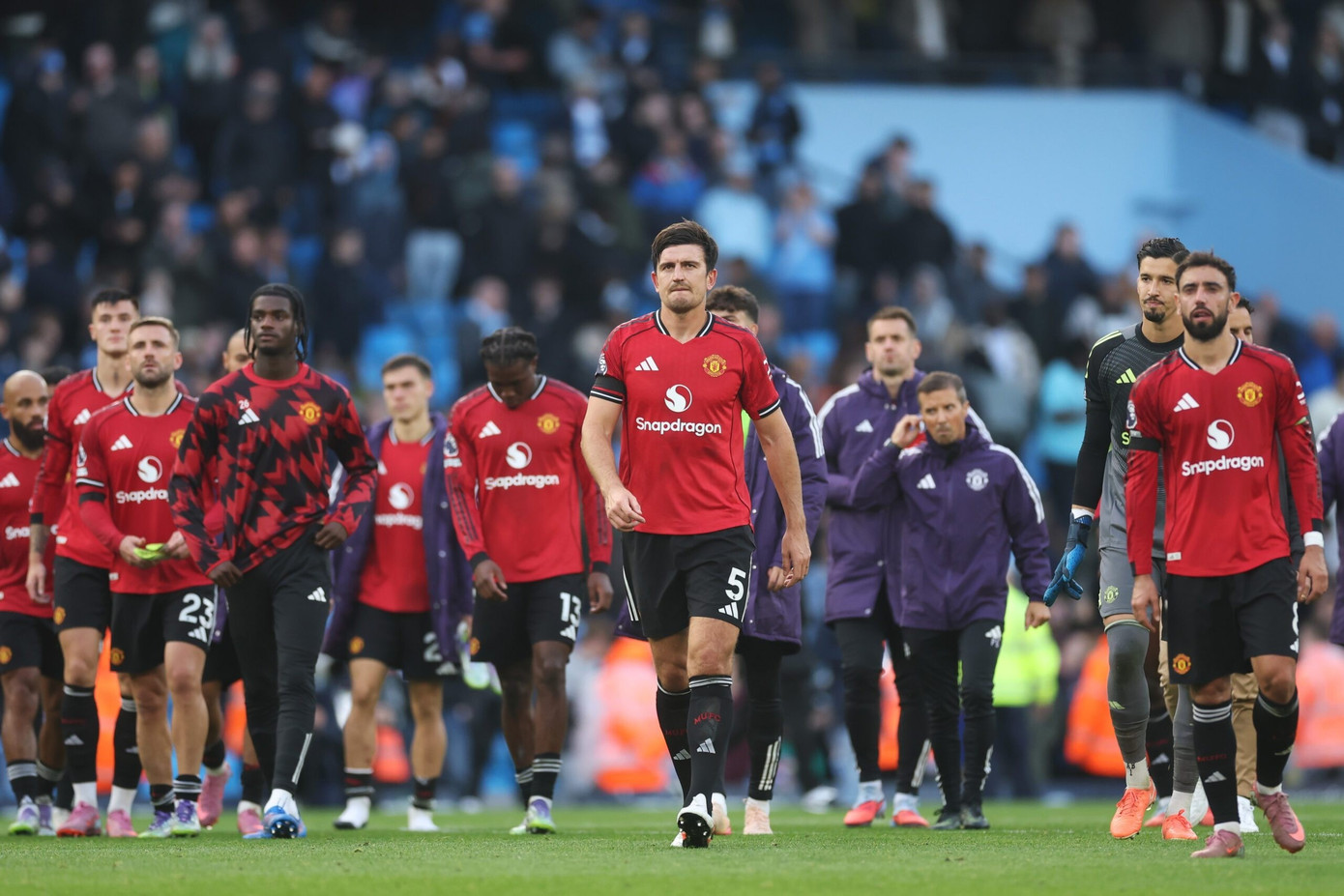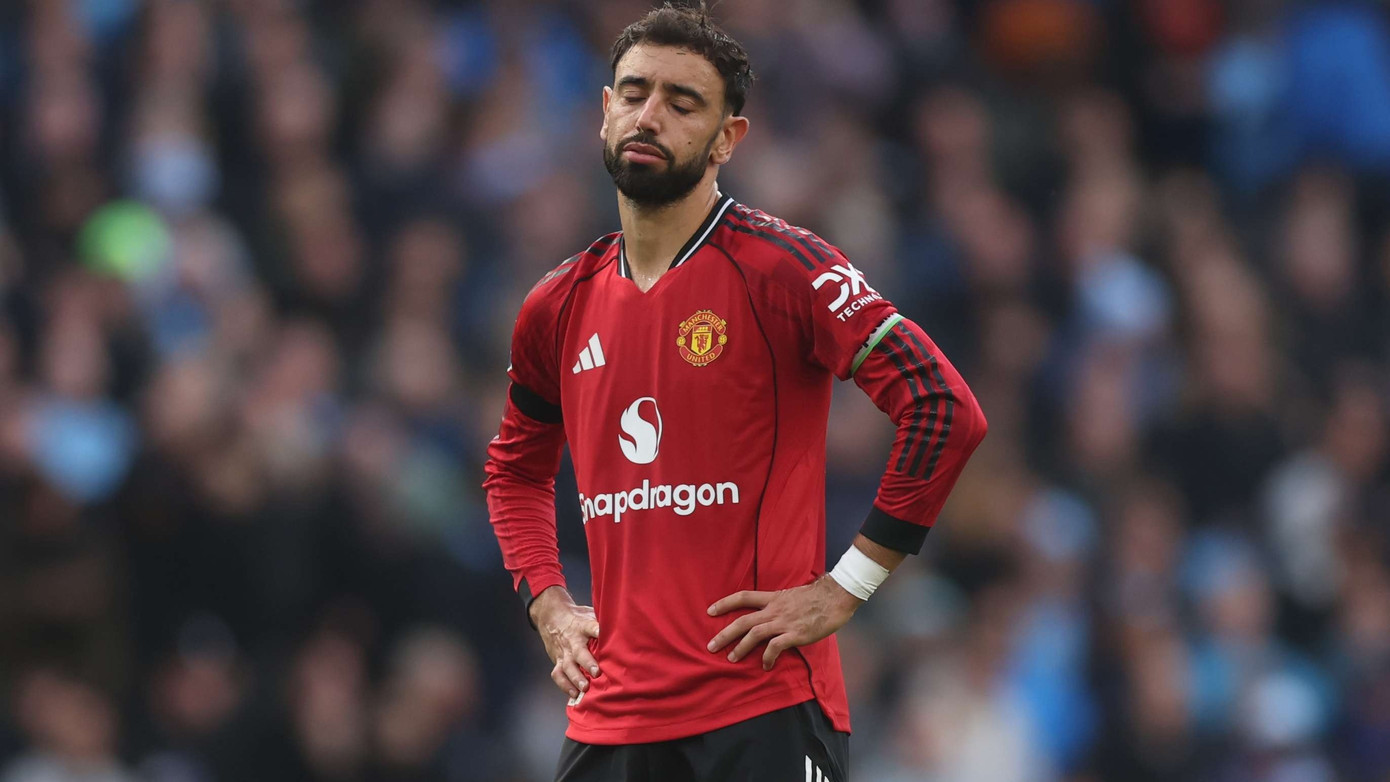Ruben Amorim is now Manchester United’s biggest problem, sticking stubbornly to his rigid 3-4-2-1 system. This lack of flexibility leaves the Red Devils predictable, with the midfield constantly outplayed. After 10 months in charge, Amorim has yet to prove he can truly turn things around at Old Trafford.

Although failure does not always come from the manager, after everything that has unfolded, it is hard to deny that Ruben Amorim — and his rigid system — is one of Manchester United’s biggest problems.
Once again, United failed to win two consecutive matches in the Premier League throughout Amorim’s 10 months in charge. And once again, his inflexible 3-4-2-1 formation came under scrutiny. Yet, the Portuguese strategist has made it clear: the board can change the manager, but he will not change his system.
As a result, United have become far too predictable. Opponents always know how to hurt them. Fulham manager Marco Silva, after the 1-1 draw, bluntly said it was too easy to overwhelm United’s midfield. Amorim’s system can morph situationally — into 3-4-3, 3-4-2-1, 3-2-5 when attacking, 5-2-3 when pressing, or 5-4-1 when defending — but in every scenario, there are only two central midfielders.\

“I just pressed them with three players, plus Alex Iwobi. That was it, simple,” Silva explained.
To solve their scoring issues, United spent over £200 million on attacking trio Matheus Cunha, Bryan Mbeumo, and Benjamin Šeško. Yet the glaring weakness in midfield remains unaddressed. Bruno Fernandes and Kobbie Mainoo are technically gifted but lack pace, while Casemiro and Manuel Ugarte are diligent and powerful but lack finesse.
The workload placed on the midfielders is enormous, as they must cover the full width of the pitch. Especially when pressing, United’s midfield is often bypassed because of poor coordination either among themselves or with the back line. And although United play with three centre-backs, they lack a defender capable of covering large spaces and excelling in one-on-one situations.
In the defeat against Manchester City, Bruno Fernandes highlighted the problem: when he tried to press Rodri, it was Leny Yoro’s job to step onto Phil Foden. But Yoro dropped off instead, leaving gaping spaces.
Moreover, Bruno himself is also part of the issue. Amorim’s system has no room for a traditional number 10. Last season, the solution was to use the Portuguese as a left-sided playmaker, exploiting the half-space. But this season, with Cunha and Mbeumo in the lineup, Bruno has been pushed deeper into midfield.
With sharp vision and excellent passing, Bruno helps United launch quick attacks from deep. But because he is not a natural central midfielder, the 31-year-old captain leaves United’s midfield fragile. In the Manchester derby, Amorim pushed Bruno higher up alongside Casemiro and Mainoo, but by then it was too late. Across the pitch, United simply lacked quality.

In modern football, the role of wing-backs is crucial. Under Amorim’s system, they are even more vital — shielding the flanks in a back three while also serving as attacking outlets. Yet Diogo Dalot, Luke Shaw, Patrick Dorgu, and Noussair Mazraoui have all struggled to deliver. Against City, Mazraoui was particularly poor going forward, while Dorgu failed to beat his man or provide a single meaningful pass.
Ultimately, very few players fit Amorim’s system. And after 10 months, he has failed to adapt his squad or transform players into essential cogs in his structure. This stubbornness has made United increasingly vulnerable and mediocre.
Since Amorim’s appointment, among the 17 Premier League teams to have played 31 matches, United have the worst record — just 31 points from 31 games.
Although failure does not always stem from the manager, after what we have seen, it is hard to deny that Amorim — and his rigid system — has become one of Manchester United’s greatest problems.
Leave a Reply